Sharpiks
TPF Noob!
- Joined
- Apr 20, 2010
- Messages
- 55
- Reaction score
- 0
- Location
- Jacksonville, FL
- Can others edit my Photos
- Photos NOT OK to edit
Thing is, a lot of pictures I take are sometimes if not all the time blown out if the sky, sun or anything bright is involved. It's rainy here, and I decided to do a bit of practicing with the sky.




What I'm trying to ask is how do I get the trees (or other objects) bright and clear, while at the same time I can get other bright objects in the foreground/background without it blowing out? Because if I target the trees, the sky blows the entire image out. If I target the sky, the trees become so dark they're beyond photo shopping.
Is what I want to do even possible?




What I'm trying to ask is how do I get the trees (or other objects) bright and clear, while at the same time I can get other bright objects in the foreground/background without it blowing out? Because if I target the trees, the sky blows the entire image out. If I target the sky, the trees become so dark they're beyond photo shopping.
Is what I want to do even possible?




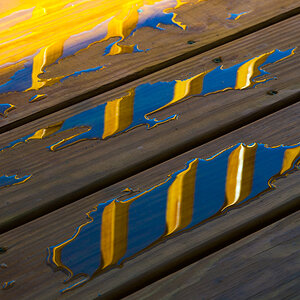

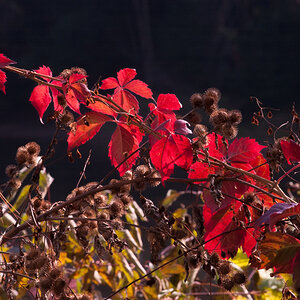
![[No title]](/data/xfmg/thumbnail/34/34075-a2fb0d7352396e58920e196958f6d006.jpg?1619736267)


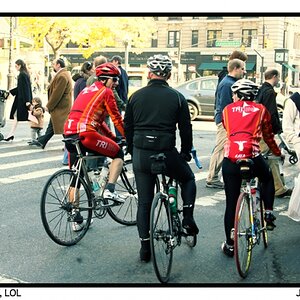
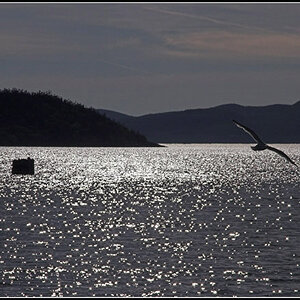
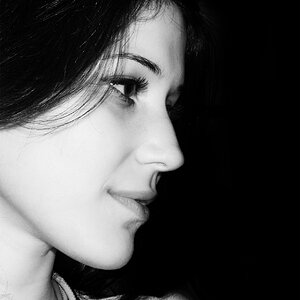
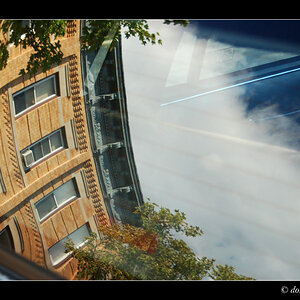

![[No title]](/data/xfmg/thumbnail/35/35966-4f59fb71a71adfe775ae568f8c534699.jpg?1619737283)